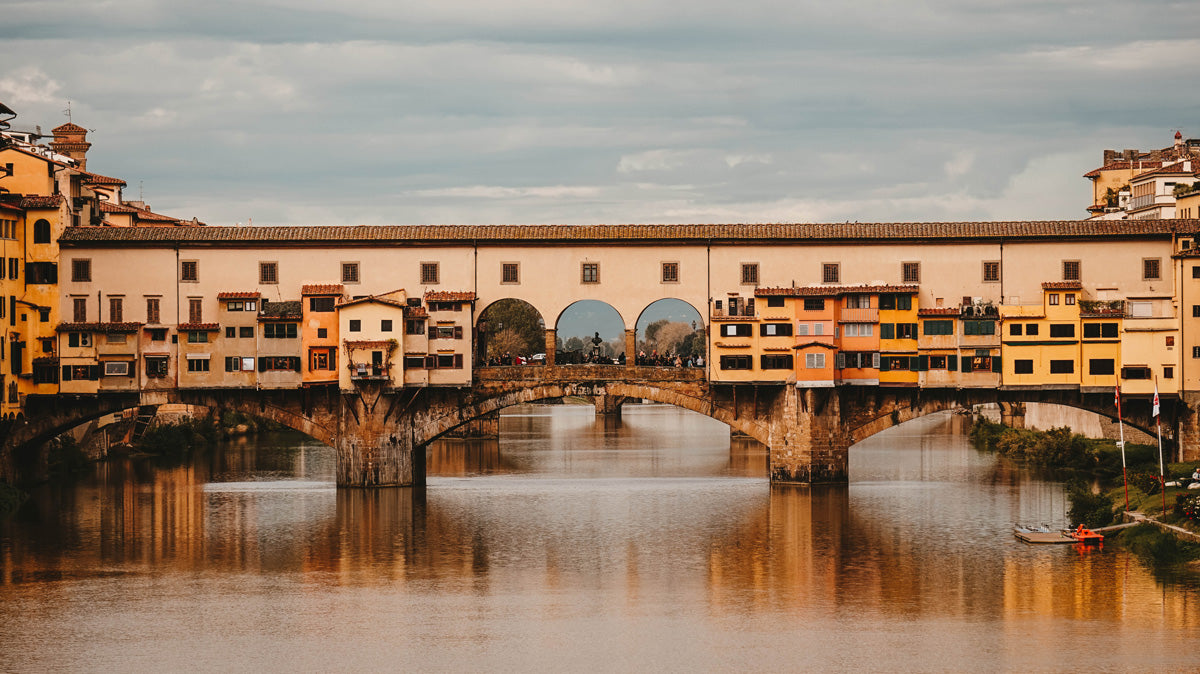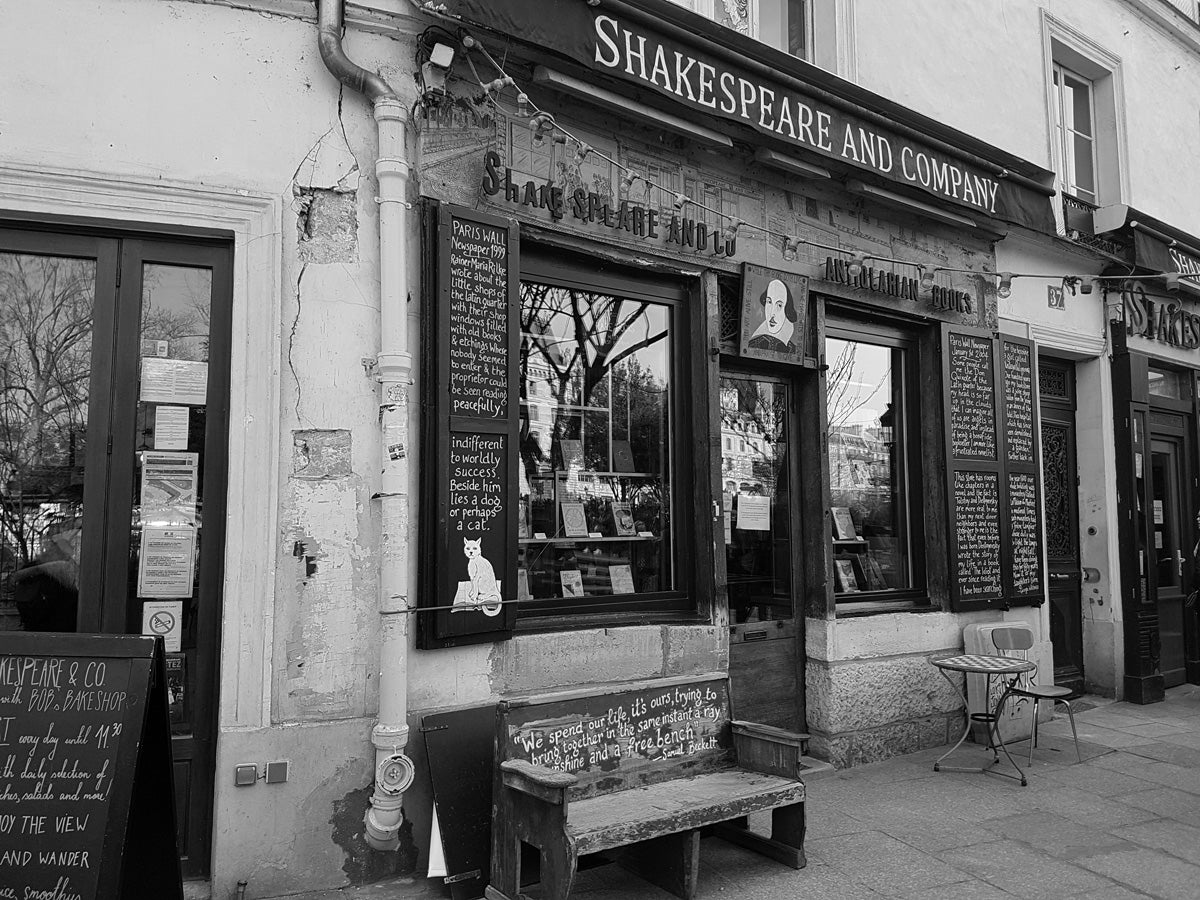The account of a space can lead to its apprehension, like the Great Khan did through Marco Polo. This reading cities exercise is an intrinsic part when setting history in context and offers an experience to the reader.
The link between architecture and literature goes beyond the description, the space through the written medium is the author’s testimony and it comprehends his time. For the reader, this is an opportunity to take in the space in a different way than the one offered by photography or video. The relationship between both practices has driven the exploration across both channels, with architects modeling accounts or writers imagining and describing cities. A clear example is the one raised by Calvino’s Invisible Cities, from which illustration projects have emerged by numerous architects, who try to materialize Marco Polo’s descriptions.
Understanding the space as something different from an empty container, the setting where characters and events are placed; instead, the space and its relationships as a present factor that shapes and even determines the elements within history –Robert Tally, Professor at Texas State University.
There are cities which turn, inevitably, into cultural spots and their spatial influence can be perceived in the works of their artists. The following cities have proven, not only for being the setting of their stories, to be meaningful for their development.
Paris, France
As if walking down the streets of Paris were not enough for a literature and architecture lover, there are numerous tours like Cortázar’s Rayuela or Hemingway’s autobiography. In his famous novel A Moveable Feast, Hemingway lists places he used to visit. Sylvia Beach’s bookstore, through which Hemingway was able to read about economic deprivation, is still open and still boasts its original name “Shakespeare and Company”, as a tribute. “Les Deux Magots”, “Lilas”, and “La Rotonde” cafes are also part of the interest spots mentioned by the author, where he would meet with Proust, Ezra Pound, and Fitzgerald. The influence of the city in Hemingway’s account was even recovered by filmmaker Woody Allen in his film Midnight in Paris.

Florence, Italy
Italy is home to some of literature’s most memorable novels, its architecture and art are sources of inspiration. This is why it comes as no surprise that Florence, being cradle of great Renaissance artists, awakes the intrigue in writers like Dan Brown. His series of books is characterized by feeding, in a cinematic way, taking the most emblematic spots in different cities as reference. Take Inferno, for example, the plot develops in Florence’s prominent spaces, such as Ponte Vecchio, Piazza della Signoria, and the Boboli Gardens. Even those who have read the Medici’s story, cannot help but be amazed when visiting all their architectural contributions. The Italian city offers (as part of its tourist programs) theme tours, one of the most popular ones being “Florence through Inferno”, since it leads tourists to follow the steps mentioned in the novel.

London, England
London is a city with many literature-related architectural landmarks; from The Globe Theatre, where William Shakespeare’s plays were represented, to the pubs mentioned by Sir Arthur Conan Doyle, Charles Dickens, and Mark Twain in their work. Some of the most visited routes are those inspired by Sherlock Holmes’ frequently mentioned sites. These include the Northumberland Hotel, present in The Hound of the Baskervilles, The Criterion restaurant in Piccadilly Circus, where Watson and Holmes met, and of course, Baker Street.

Dublin, Ireland
You can find literary references in every corner in Dublin, thanks to the legacy of writers like Oscar Wilde and Jonathan Swift, but there is one day in which celebrations make this capital stand out from any other city: June 16th, day found in James Joyce’s novel Ulysses, when thousands of people gather to walk across the same cities traveled by the main character, Leopold Bloom. Known as Bloomsday, bibliophiles begin by visiting the James Joyce Tower in the Sandycove Martello, walking across Grafton pedestrian street, and visiting traditional pubs. The Tower, originally part of a defense fort, currently houses a museum where the author’s belongings and items related to his work are exhibited.



